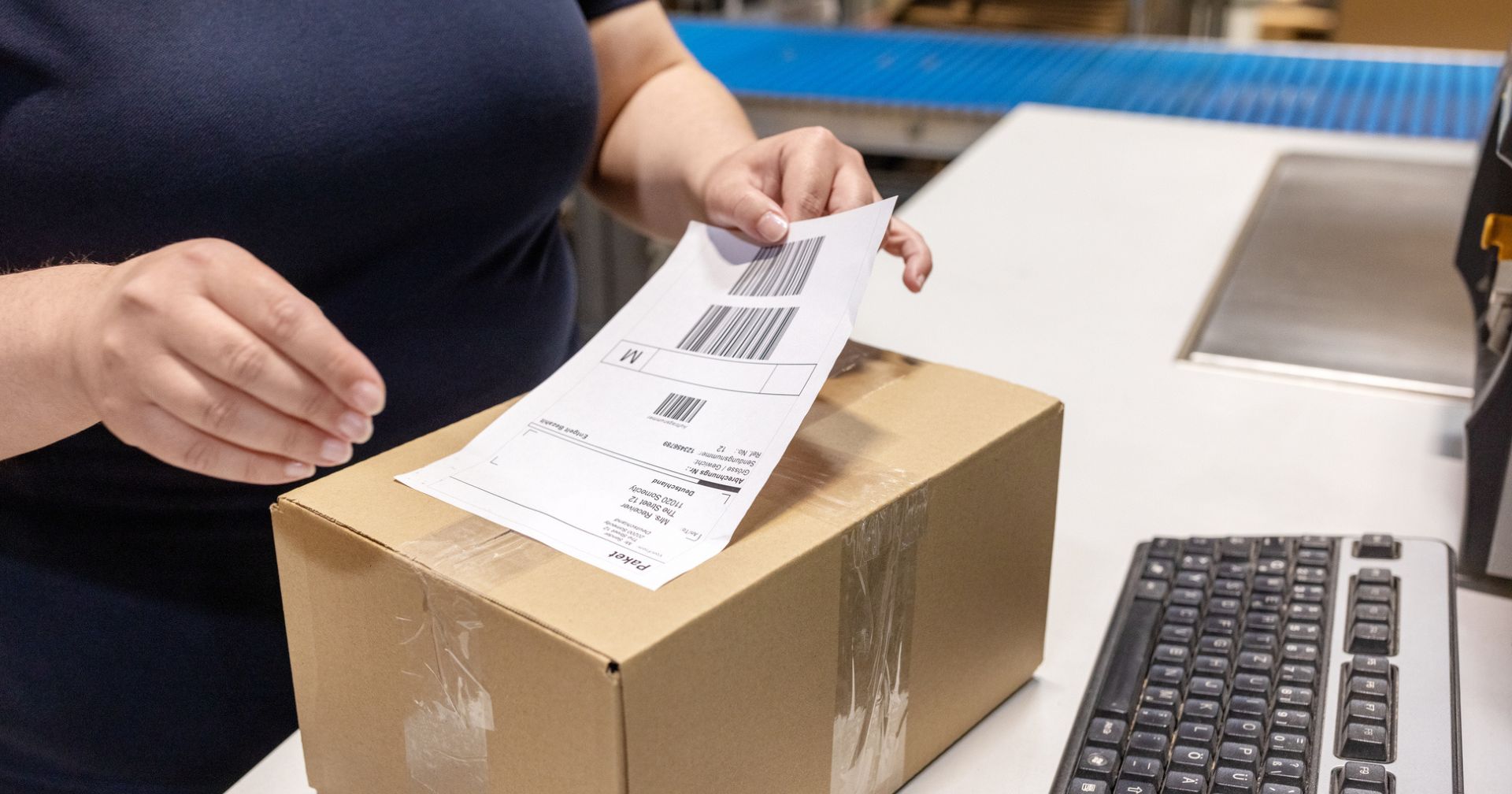Quality Assurance (QA) in the contract packaging and manufacturing industries ensures that products are delivered to consumers in optimal condition. This field encompasses a range of processes and standards designed to maintain the integrity, safety, and functionality of finished goods and salable product. In an era where consumer expectations are higher than ever, understanding QA in co-packing and contract manufacturing is vital to preserving brand reputation and maintaining customer satisfaction.
Understanding Quality Assurance in Packaging
Definition and Core Principles of Packaging QA
Quality Assurance in packaging refers to the systematic processes that ensure packaging meets specific standards and regulations throughout its lifecycle. This includes everything from the design and material selection to production, storage, and distribution. The core principles of QA in packaging revolve around consistency, reliability, and compliance with industry standards.
At its essence, QA in packaging is about preventing defects and ensuring that packaging performs its intended function. This involves rigorous testing and validation to confirm that materials can withstand various conditions, such as temperature fluctuations and mechanical stresses. By adhering to these principles, companies can minimize waste, reduce costs, and enhance customer satisfaction. Furthermore, effective QA processes can help maintain brand integrity by ensuring that products are delivered in optimal condition, thereby fostering consumer trust and loyalty.
Moreover, the implementation of advanced technologies, such as automated inspection systems and data analytics, has revolutionized the QA landscape in packaging. These technologies allow for real-time monitoring and feedback, enabling manufacturers to quickly identify and rectify issues before they escalate. This proactive approach not only improves efficiency but also supports continuous improvement initiatives, ensuring that packaging quality evolves alongside consumer needs and market trends.
Evolution of Quality Standards in the Packaging Industry
The evolution of quality standards in the packaging industry has been shaped by technological advancements, regulatory changes, and shifting consumer expectations. Historically, packaging was often seen as a secondary concern, but as industries have evolved, so too have the standards governing packaging quality.
In recent years, the introduction of international standards such as ISO 9001 has provided a framework for organizations to improve their QA processes. Additionally, the rise of sustainability concerns has led to the development of new standards focused on environmentally friendly packaging solutions. This evolution reflects a growing recognition of the importance of packaging quality not only for product integrity but also for environmental impact. Companies are now increasingly held accountable for their packaging choices, and many are adopting practices that prioritize recyclable and biodegradable materials.
The shift towards sustainability has also prompted innovations in packaging design, such as the use of minimalistic packaging that reduces material usage while maintaining functionality. Furthermore, the integration of smart packaging technologies, which can include QR codes and NFC tags, allows consumers to engage with products in new ways, enhancing transparency and traceability. As a result, the packaging industry is not only adapting to meet regulatory standards but is also leading the charge in creating solutions that align with a more sustainable future, reflecting the values of today’s environmentally conscious consumers.
Key Components of Packaging Quality Assurance
Testing Methods and Inspection Protocols
Effective QA in packaging relies heavily on robust testing methods and inspection protocols. These practices are designed to identify potential issues before products reach the market. Common testing methods include mechanical testing, which assesses the strength and durability of packaging materials, and barrier testing, which evaluates the ability of packaging to protect contents from external factors. Mechanical testing may involve stress tests that simulate real-world conditions, ensuring that the packaging can withstand impacts during transportation and handling. Barrier testing, on the other hand, is crucial for products sensitive to moisture, oxygen, or light, as it determines how well the packaging can preserve the integrity of the contents over time.
Inspection protocols often involve visual inspections, where trained personnel check for defects such as tears, misalignments, or incorrect labeling. Automated inspection systems are also becoming increasingly popular, utilizing advanced technologies like machine vision to enhance accuracy and efficiency. These systems can quickly analyze thousands of packages per hour, identifying flaws that might be missed by the human eye. By implementing comprehensive testing and inspection protocols, companies can ensure that their packaging meets both quality and safety standards, ultimately leading to increased customer satisfaction and reduced returns.
Documentation and Compliance Requirements
Documentation is a vital aspect of QA in the packaging industry, as it provides a traceable record of compliance with quality standards. This includes maintaining detailed records of testing results, inspection reports, and any corrective actions taken in response to identified issues. Such documentation not only supports compliance with regulatory requirements but also serves as a valuable resource for continuous improvement. Additionally, having a well-organized documentation system can facilitate audits and inspections by regulatory bodies, ensuring that companies can quickly provide evidence of their adherence to quality standards.
Compliance requirements can vary significantly depending on the industry and geographical location. For instance, food packaging must adhere to stringent safety regulations set by organizations like the FDA, while pharmaceutical packaging is subject to even more rigorous standards. Understanding and navigating these compliance requirements is essential for packaging manufacturers to avoid legal repercussions and maintain their market reputation. Furthermore, as sustainability becomes a growing concern, many companies are now also focusing on eco-friendly packaging solutions that comply with environmental regulations. This shift not only addresses consumer demand for sustainable practices but also aligns with global initiatives aimed at reducing waste and promoting responsible sourcing of materials.
Implementing Effective QA Systems in Packaging Operations
Technology and Tools for Modern Packaging QA
The integration of technology in QA processes has revolutionized the packaging industry. Modern tools such as automated inspection systems, data analytics software, and real-time monitoring solutions enable companies to enhance their quality assurance efforts significantly. These technologies facilitate quicker identification of defects and allow for immediate corrective actions, minimizing the risk of defective products reaching consumers.
Moreover, advancements in materials science have led to the development of innovative packaging solutions that not only meet quality standards but also address sustainability concerns. Smart packaging technologies, which incorporate sensors and indicators, are becoming increasingly popular, providing valuable information about the condition of the product inside and ensuring optimal quality throughout the supply chain. For instance, temperature-sensitive labels can alert manufacturers and retailers if products have been exposed to conditions that could compromise their integrity, thereby reducing waste and enhancing consumer safety.
In addition to these innovations, the use of artificial intelligence (AI) and machine learning in QA processes is gaining traction. These technologies can analyze vast amounts of data to predict potential quality issues before they arise, allowing companies to adopt a proactive rather than reactive approach. By utilizing AI-driven analytics, organizations can streamline their operations, reduce costs, and ensure that their packaging not only meets but exceeds industry standards.
Training and Building a Quality-Focused Culture
Implementing an effective QA system is not solely about technology and processes; it also requires a commitment to building a quality-focused culture within the organization. Training employees on QA principles and practices is essential for fostering a mindset that prioritizes quality at every stage of the packaging process.
Regular training sessions, workshops, and continuous education initiatives can empower employees to identify potential quality issues and understand the importance of their role in maintaining packaging standards. By promoting a culture of quality, organizations can enhance collaboration and accountability, ultimately leading to improved product quality and customer satisfaction. Furthermore, involving employees in the development of QA protocols can foster a sense of ownership and pride in their work, encouraging them to take initiative in upholding quality standards.
Additionally, creating a feedback loop where employees can share their insights and experiences related to quality can be invaluable. This not only helps in identifying areas for improvement but also reinforces the idea that quality is a shared responsibility. When employees feel heard and valued, they are more likely to engage actively in quality assurance efforts, leading to a more robust and resilient QA system that can adapt to the evolving demands of the packaging industry.
Conclusion
Quality Assurance in the packaging industry is a multifaceted discipline that plays a crucial role in ensuring that products are delivered safely and effectively to consumers. By understanding the core principles, key components, and modern technologies involved in QA, contract packagers and contract manufacturers can enhance their processes and meet the ever-evolving demands of the market.
As the industry continues to evolve, staying abreast of quality standards and embracing innovative solutions will be vital for success. Ultimately, a strong commitment to quality assurance not only protects consumers but also strengthens brand loyalty and drives business growth.
Enhance Your Packaging Quality with Nulogy
Did you know that purpose-built software can help your teams easily manage your quality-related processes? Nulogy’s contract packaging and manufacturing software is specifically designed to manage complex co-pack workflows, boost production accuracy and efficiency.
Contact us or request a demo today to learn how we can help you optimize your plant operations and propel your business to new heights.



